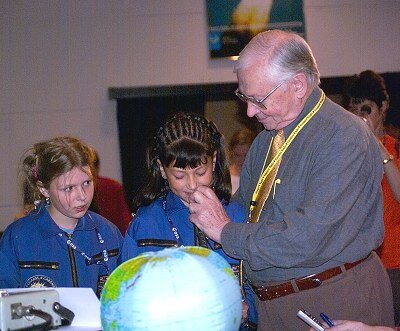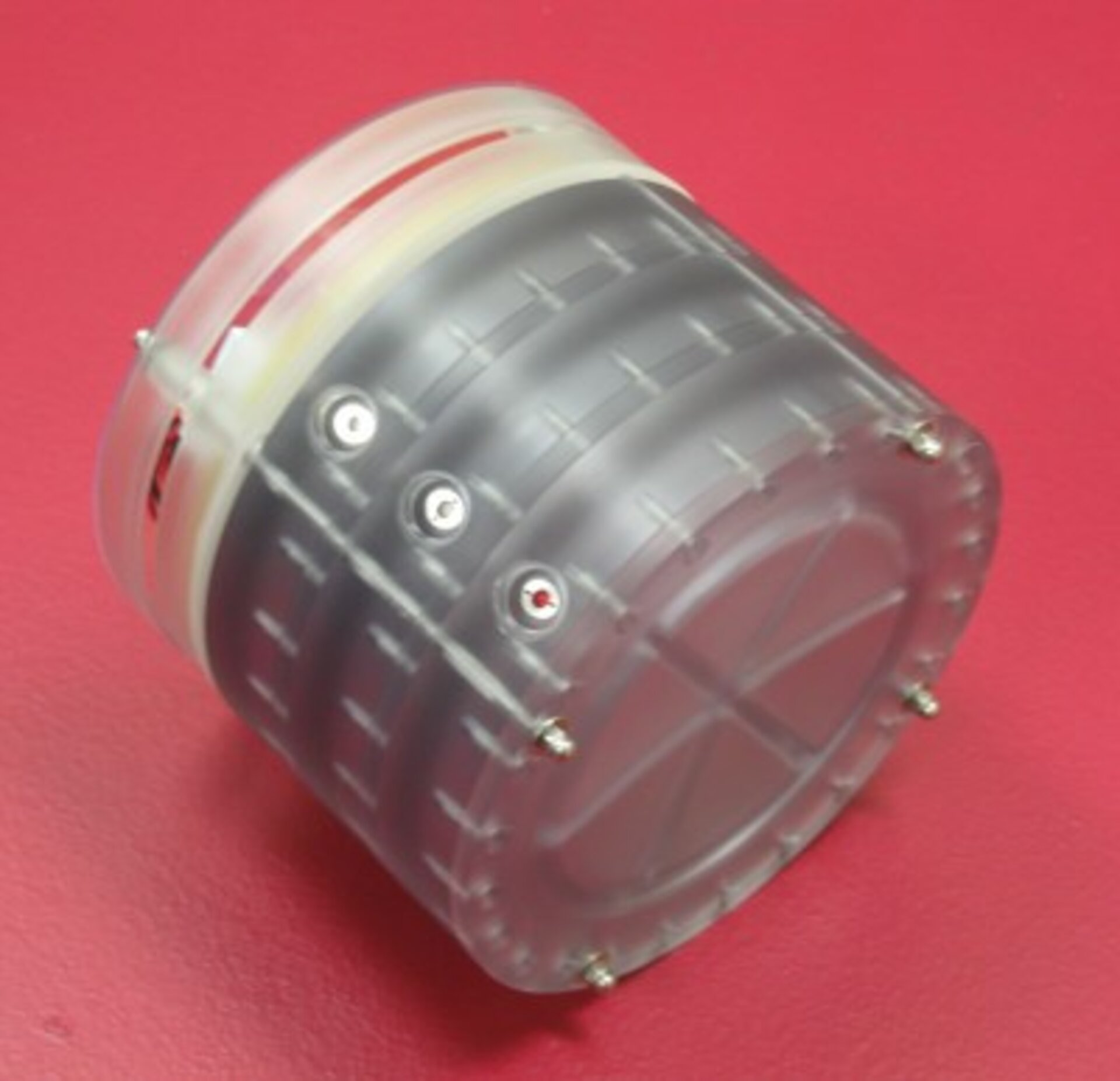Experimental programme in education
Bone Proteomics
Long periods of weightlessness induce bone mass loss in astronauts. Previous experiments indicate that this negative effect is mainly due to a reduced activity of osteoblasts, the cells that physiologically produce the bone material throughout our life. The Bone Proteomics experiment will study the molecular mechanisms that regulate the physiology of human osteoblasts in weightlessness. The experiment consists in stimulating osteoblast cells in weightlessness with a molecule known as ATP.
The specific objectives of the experiment are:
To study whether ATP can stimulate osteoblast cells in weightless conditions, possibly balancing or overcoming the negative effects of weightlessness.
- To study, for the first time, the whole protein content of these cells, looking for possible explanations of the altered physiology of osteoblasts in weightlessness. This is called a proteomics approach, thus the name of the experiment.
This experiment will be the first proteomic study on mammalian cells in space, possibly revealing new aspects of osteoblast biology, and it will provide new data for a better understanding of osteoblast physiology at the molecular level. The results of this experiment are beneficial for both space and ground research. The former, in the field of bone physiology in microgravity and microgravity-induced bone loss, particularly for long-duration space missions, and the latter for bone disease research on Earth (e.g. osteoporosis).
ARISS

The objectives of this activity are to provide a live radio link from the ISS to selected children from Italian schools, to allow them to have the experience of interacting with someone in orbit around the Earth. Students will prepare and put questions to ESA astronaut Roberto Vittori. The schools selected are the winners of a space-oriented competition.
The radio contact will be provided by ARISS, Amateur Radio on the ISS, an international working group of volunteering amateur radio operators. The radio contact will be established during a pass of the Space Station over western Europe.
This exercise serves as an educational tool for making children aware of space, a topic that is often not covered in school syllabuses. It is important to bring space to the children to provide them with a better understanding of the benefits of space and how science in space can also improve life for us here on Earth.
Electrostatic Self-Assembly Demonstration
Electrostatic self-assembly occurs when different types of components charge with opposite electrical polarities. The interplay of repulsive interactions between like-charged objects and attractive interactions between unlike-charged ones results in the self-assembly of these objects into highly ordered, closed arrays.
This experiment involves filming two sets of small spheres composed of different materials that charge with opposite polarities to each other. These spheres are contained within a polycarbonate cube container. Once charged, the spheres will assemble themselves into ordered structures. For all demonstrations comparable on-ground experiments will be performed and filmed in order to familiarize students with the differences between the Earth and space environments.
Video footage of the demonstrations will be used to develop an ISS DVD Lesson, fitting the basic European science and technology curriculum of the target age group: 12-18 year olds. The DVD will be distributed in 12 languages to secondary school teachers in ESA Member States.


